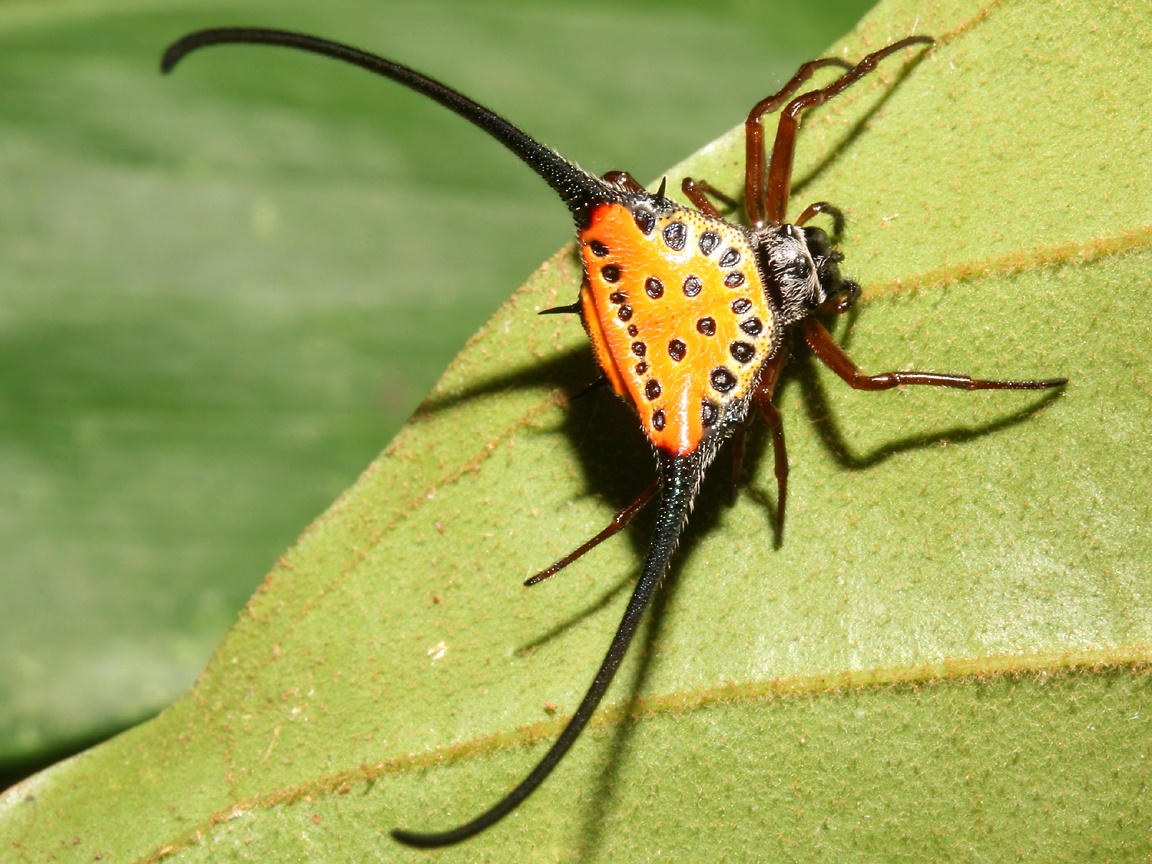I've not done one of these for ages and it is about time I got back into the habit. I have been posting interesting news articles on my Facebook profile for a while now and could very easily have linked to them here. So here are the news items which have piqued my interest:
Jurassic Park is back!
Next month sees the release of the Jurassic Park trilogy on Blu-Ray, but before that the first Jurassic Park film will be shown as a limited run at the cinema again. On September 23rd the roar of the Tyrannosaurus will be heard throughout UK cinemas, and I will most certainly be going to see it (provided the loan is through). I remember when I first saw it, I even remember my anticipation of first seeing it. All I knew about it was that my mum's friend had seen a dinosaur film which he said was so realistic that it felt like the dinosaurs were going to burst out of the screen. I was around seven years old at the time and nothing was more exciting. I went to see it with my dad and sister, climbing up onto his knee during the famous raptors in the kitchen scene. We went to see it again, allowing me to be braver second time round. I collected every toy I could get my hands on and still own them all, hidden away in my asbestos-riddled loft. I watch the films a couple of times per year. When my ex-girlfriend suggested that we cuddle up and watch them all together, I instantly thought I was onto a winner (though sadly I was not allowed to say the lines along with the film). I could go on and on about the memories I have from this film, but instead I will just have to go watch it at the cinema again and create yet another memory. See here for an article about the re-release, including a trailer.
Dino Feathers in Amber
If you haven't heard about this, then I have to ask where you have been. I've had people talking to me about this loads, wanting to know if I had heard about it. A friend even randomly phoned me from home just to talk about it. Amber is rather good for preserving three dimensional fossils of things which would not normally be fossilised, such as soft parts. In this case numerous feathers have been preserved in amber dating back to the Late Cretaceous, a time when birds and non-avian dinosaurs lived side by side, both sporting feathers (it is a shared trait due to ancestry). These fossil feathers show an evolutionary range, from primitive feathers through to highly derived feathers which match those of modern birds. There is also yet more information on pigmentation in Mesozoic feathers, giving us more of an idea of the colouration of dinosaurs and early birds. It will soon be common knowledge that the colours of dinosaurs are not complete fantasy any more, though there is still a long way to go and a lot more to learn. See here for the BBC article on this well known discovery.
Sometimes spiders can be cool...
This is not a news item, though it was for me. I found a picture of a spider which interested me, rather than making me shudder and squirm as most do:
It also allows me to put another picture in this blog, as it was feeling a bit text heavy (despite that I am keeping the news short).
DNA regulation in the news again
Whenever I discuss evolution with people in any sort of detail I put emphasis on gene regulation. Genes code for proteins and are flanked by regions of DNA which determine where and when the gene in question will be expressed in the developing embryo. It is through changes in gene switches that you get changes in development, resulting in changes in morphology which can be as gradualistic as natural selection requires. This is how something such as the tetrapod limb has become so diverse; just think of wings, such as the wings of birds, bats and pterosaurs, as they are all variations on the same bones. Gene regulation changes have caused some bones to become longer, some shorter, some fuse, some are different shapes, some disappear entirely (though gradually). Evolution uses what is available and modifies it, often resulting in new combinations which allow for novel form and function. This information is important to our understanding of evolution, yet it gets overlooked a lot. This recent bit of news is the identification of the oldest known regulatory region in vertebrates and invertebrates, see here. Back in August a study was published looking at diversification events in vertebrates based on gene regulation, see here.
Ah, the classic conundrum involving fossils and genes
When looked at broadly the genetic data and the fossil data match up nicely, both showing that evolution is the explanation for how they appear. When we look closely, we find areas of conflict which are difficult to resolve. One of those problems has apparently just been solved (I haven't read the journal paper, so I don't know if their confidence has been justified). One of the problems is that we only have the genomes of recent organisms to study, giving us information only about the survivors. Each genome we have comes from lineages which got through every mass extinction; we lack the genetic information for those which perished. When we look at current genetic diversity it looks like the end result of diversification, because if there are six species in a genus it will look like that was the peak of diversity. The fossils, however, tell a different story. After mass extinctions there is often a boom in diversity, with large increases in the number of species, but as with any boom this then goes bust. Many of those species go extinct, so the fossils may show that those six species are what remains of a genus which once contained ten species. The genetic data would not be able to show this, yet the fossils do. Additionally, sometimes the fossil data is so poor that it can't tell us anything useful (such as when soft tissue is not preserved) so the genetic data is all we have. A new technique has been created, making up for this problem. See here.
Epigenetic changes are short-lived
Anyone who is interested in evolution must pay attention to epigenetics these days. Epigenetic changes do not involve the genome directly, but instead are changes which occur during the life of an individual which can affect how genes are regulated and expressed. I personally know little about epigenetics, so I may go wrong in talking about it. The recent study has shown that these changes are rarely lasting, so they play a small role in the variation available in evolution (though people still love to claim that Lamarck has been vindicated it seems). See here for more information. Also, keep in mind this other bit of news from earlier this year, as a study has shown that lasting evolutionary change takes around a million years to become fixed. Evolution in the short term can be rather fast, much like if you recorded your weight change throughout the day using extremely sensitive scales, as you would see clear changes with every meal and trip to the loo. If you do the same with a child you would find no trends in any discernible direction, until you stepped back and looked at the data over a long period, as you would clearly see growth. One of the difficulties in studying evolution is that gap from short-scale to long-scale is difficult to bridge.
Terra Nova!
This was announced a while ago and got me very excited. Next month will see the release of Spielberg-produced TV series Terra Nova, in which an apocalyptic future sees people travelling back to the Mesozoic to seek paradise and live without the problems which an ever-growing population have caused. I don't know about you, but this is right up my alley. Incredible locations, an apocalyptic future, and of course, dinosaurs.
Subscribe to:
Post Comments (Atom)



No comments:
Post a Comment